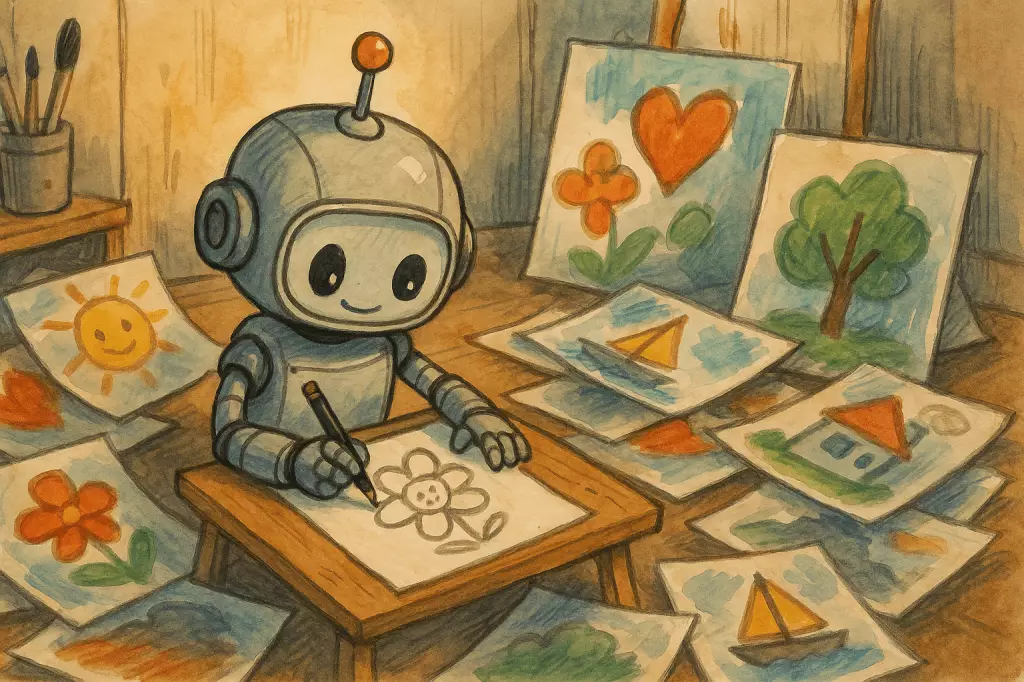In a world increasingly driven by visual communication, the emergence of artificial intelligence as a creative tool marks a pivotal evolution in how businesses approach branding, marketing, and storytelling. With the unveiling of OpenAI’s gpt-image-1 model, companies can now seamlessly incorporate stunning, Studio Ghibli-inspired images into their projects, enhancing their visual narratives in ways previously unimaginable. This technological advancement not only opens doors for originality but also challenges traditional conventions of content creation.
Many organizations are always on the lookout for new ways to captivate their audience, and nothing holds attention quite like compelling imagery. By offering a sophisticated API that enables high-quality image generation, OpenAI’s tool allows developers and businesses to bypass labor-intensive design processes, fostering an environment where creativity flourishes. The incorporation of characters and scenes reminiscent of Studio Ghibli does more than just beautify content—it creates an emotional connection that resonates with audiences globally.
Cost Structure and Market Positioning
However, embracing such innovative technology comes with practical considerations, particularly regarding cost. OpenAI’s pricing model involves separating text and image tokens, wherein text input costs $5 per 1 million tokens, while images incur higher fees with $40 per million tokens for output. This structured pricing introduces potential barriers for smaller businesses that may seek access to these advanced capabilities but lack sufficient budgets.
In contrast, competitors like Stability AI and Google’s Imagen have adopted more flexible credit or per-image charging systems that might entice budget-conscious startups. The differences in these structures reflect diverse philosophies about how to monetize AI advancements in creative fields. OpenAI’s higher cost could signal premium quality, but for businesses at the forefront of digital content creation, aligning financial viability with creative aspirations will be crucial in choosing the right model for their needs.
The Impact of Popularity on Performance
The enthusiastic reception of image generation within ChatGPT underscores the immense potential of AI tools. OpenAI reported over 130 million users engaged with this feature, producing an astonishing 700 million images within just a week. Such statistics highlight the overwhelming demand for unique visual content. Yet, this newfound popularity has not come without its challenges. As enthusiasts began generating Studio Ghibli-inspired imagery en masse, it inadvertently led to a saturation of similar visuals across social media platforms, prompting OpenAI CEO Sam Altman to comment that their GPUs were “melting” under the pressure of this high traffic and usage.
This situation raises a fundamental question about the balance between creativity and capacity. As AI technology becomes more accessible, there’s a risk of homogenization—where unique creations are overshadowed by a flood of repetitive themes. As organizations integrate gpt-image-1 into their workflows, they must carefully navigate this landscape to ensure their outputs remain fresh and distinctive.
Navigating Creative Freedom and Ethical Considerations
A key feature of OpenAI’s tool is its commitment to responsible AI usage. The images generated are embedded with metadata from the Coalition for Content Provenance and Authenticity (C2PA), ensuring creators acknowledge the nature of the content and maintain ownership. This transparency is crucial in an era where the lines between human creativity and AI capabilities increasingly blur. Ethical considerations surrounding ownership, attribution, and the essence of art come to the forefront, prompting a deeper examination of what it means to be creative in today’s digital landscape.
Some organizations, like Canva and GoDaddy, have already begun exploring the integration of gpt-image-1, underscoring its utility in projects ranging from logo design to marketing campaigns. The radical democratization of creativity through AI tools empowers teams to leverage imaginative imagery to tell their brand’s story compellingly while saving valuable time. By embedding high-quality illustrations directly into their platforms, these companies are reshaping tasks once reserved for graphic designers.
The Future of Imaginative Content Creation
The integration of AI-generated imagery holds significant implications for the future of creative industries. As businesses look for opportunities to differentiate themselves in a crowded market, harnessing the aesthetic appeal of models like gpt-image-1 will become essential. Familiarity with Studio Ghibli themes and motifs reflects a growing appetite for nostalgia and artistic storytelling. In this context, the challenge will lie not just in generating images but in utilizing them thoughtfully to enhance unique brand narratives.
As this technology evolves, it invites organizations to not just adapt but to innovate actively. By embracing the creative potential of AI while being mindful of the ethical implications, brands can navigate this new frontier effectively. The tools are here; now it’s up to businesses to unleash their creativity without losing their distinct voice in the process.

